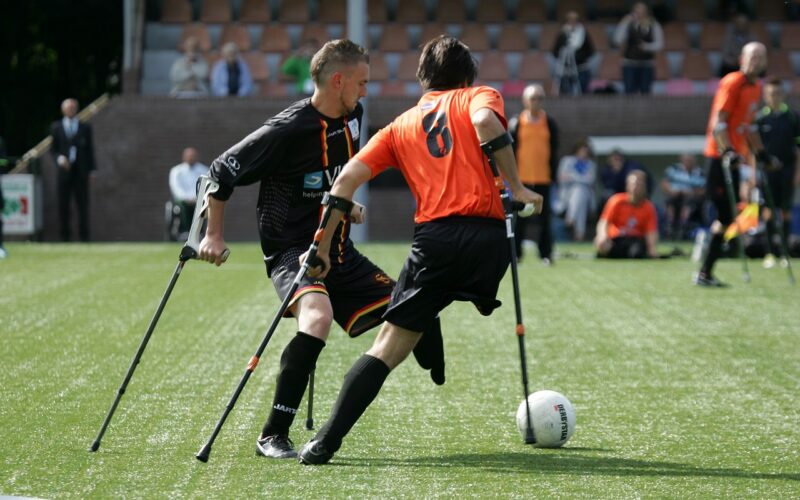The world is becoming an ever more visual domain. People are reading fewer words and graphics have taken their place. Computers are one reason for this change. It is quicker and easier to spot an icon than to take the time to read the associated words. Icons have also become favored because of language differences throughout the world. No matter the language a person speaks, an icon is an easy way to recognize a landmark, computer program or road hazard without reading.
One group of people for whom visuals do not work is those who have limited sight or complete blindness. Icons and graphics are unreadable when unseen. These people must survive in a world that is going graphic on a wholesale basis. Their limited ability to see renders the world a place of mystery already. Replacing words with graphics sometimes makes their struggle more difficult. They cannot share the progress of computer graphics and must find other ways to acquire important information. In some cases, the advance of technology has assisted those with sight loss. Street crossing machines now include an audio indicator for those who cannot see the graphics.
Reading Braille letters has long been used by the blind. It is a form of writing that uses raised dots. Each letter of the alphabet and common symbols has a standard pattern. Once learned, many blind people can read as fast as those with sight. Computers have also been used to help the sight disabled. There are now programs that can read the words on the computer screen out loud. This enables the blind to be able to access information by computer without having another person read the information to them.
A world without vision can be a daunting place. Being able to gather information is the way the world now works. For those without sight, computers have been used as a way to help them be part of today's societies. They can bridge the gap left by sightlessness. Reading files and information for the blind person, computer programs now assist with learning and information gathering. Modern technology has added audio cues for those who are visually impaired.

























